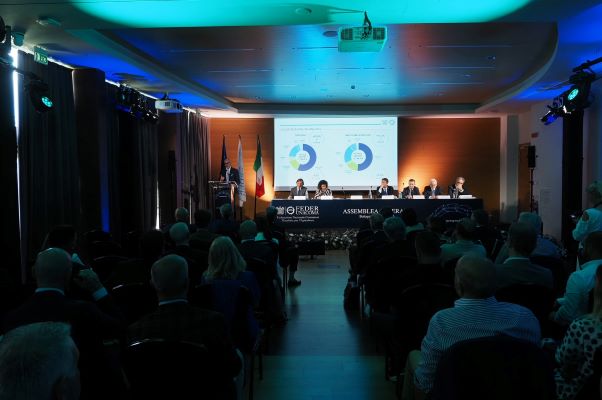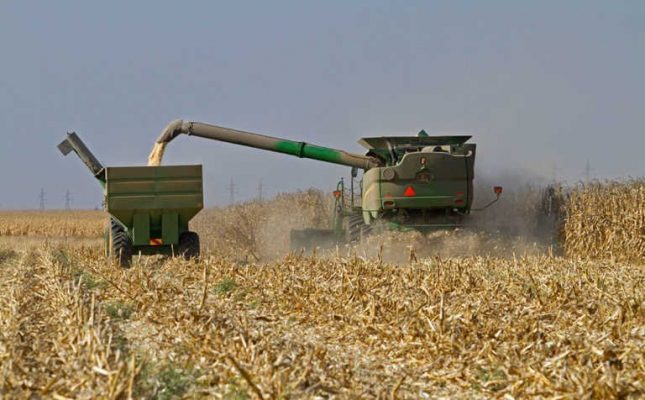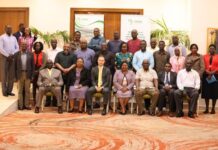Registration figures for the first five months of the year, presented today at the FederUnacoma general meeting in Varignana (Bologna), show a drop for tractors and trailers, and an increase for combine harvesters, tractors with loading platforms and telehandlers. The NRRP delay is slowing down purchases, while there is a worrying increase in the sales of used machines.
In the first five months of the year, the national market for agricultural machinery has had a two-speed trend, characterised by a contraction in sales of tractors and trailers, and an increase in combine harvesters, tractors with loading platforms and telehandlers. This is what emerges from registration figures, processed by FederUnacoma on the basis of records from the Ministry of Infrastructures and Transport, and presented at the Federation’s General Meeting held this afternoon at Palazzo Varignana (BO). Compared to the same period in 2022, the surveys indicate a 9% drop in tractor sales (corresponding to 8,354 registered units) and a smaller drop for trailers (-4.7% corresponding to 3,334 registered vehicles). On the other hand, the balance was more positive for other types of machinery, which closed the five-month period with an increase compared to 2022.
Between January and May, registrations of combine harvesters increased by 25.8% to 166 units, while tractors with loading platforms and telehandlers were up 13.1% and 18.1% respectively, with 268 and 555 vehicles sold. The contraction in tractor sales, which had already been recorded in 2022 after the extraordinary performance of 2021 – explains the Federation of Manufacturers – is due to the delay in the disbursement of NRRP funds, which is slowing down the process of replacing the fleet with new-generation technology.
In this regard – says FederUnacoma President Alessandro Malavolti – an alarming fact remains the sale of used machinery. Last year, compared to 20,200 newly registered tractors, second-hand equipment sales exceeded 51,400 units, the highest ever in our country. The figures referring to total tractor sales (new and used) therefore indicate that demand for agricultural technology is still at high levels – Malavolti observes – but that a substantial portion is met through the purchase of second or third-hand machines, which are obsolete and unsuitable to guarantee the standards of productivity, environmental compatibility and safety required by modern agriculture. For the Italian agricultural economy, technological innovation is an absolute priority, but the unfavourable trend in agricultural incomes still weighs on investment capacity.
The full modernisation of our agriculture requires, starting with the NRRP funds, an efficient and organic system of incentives – Malavolti concludes – that facilitates the purchase of latest-generation machinery and allows the sector to make the necessary leap in quality.









